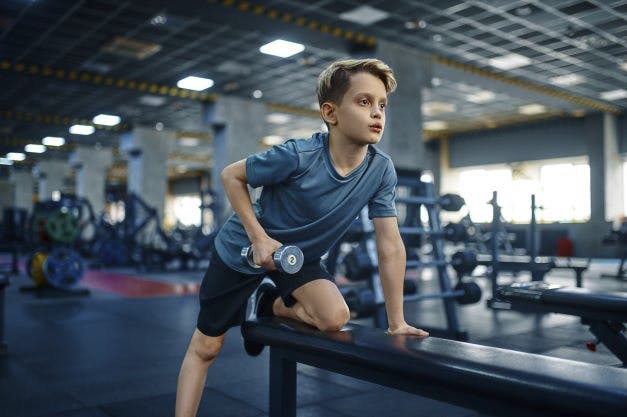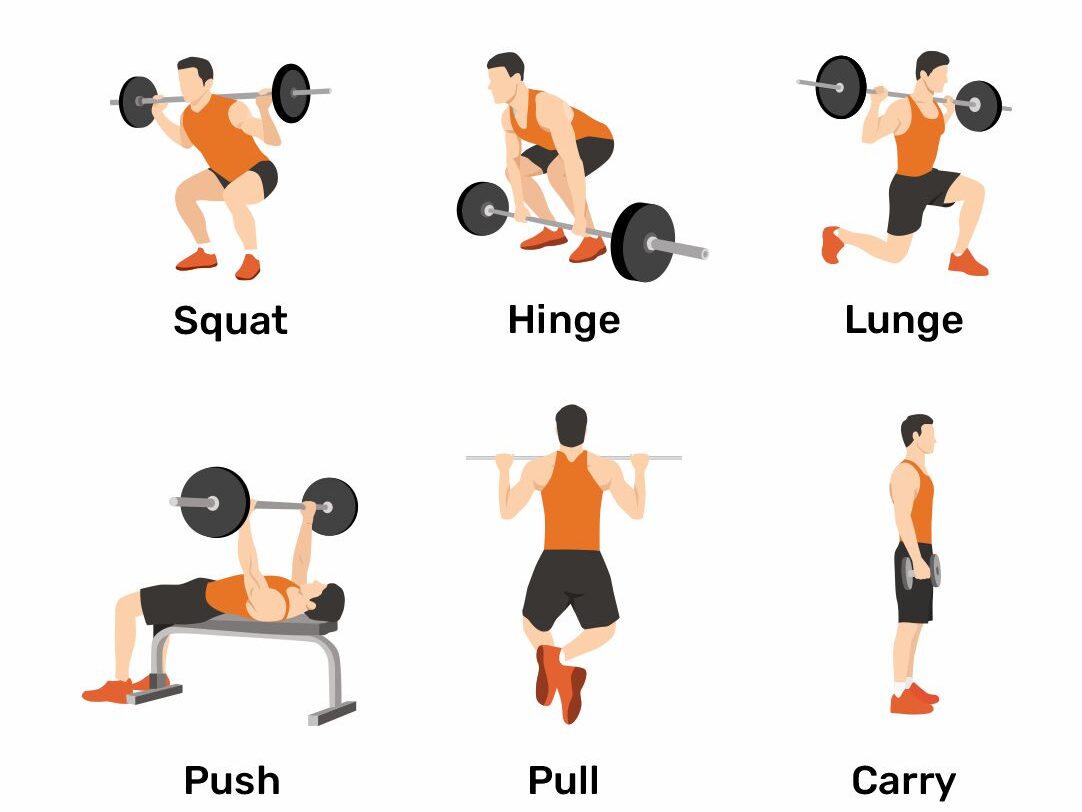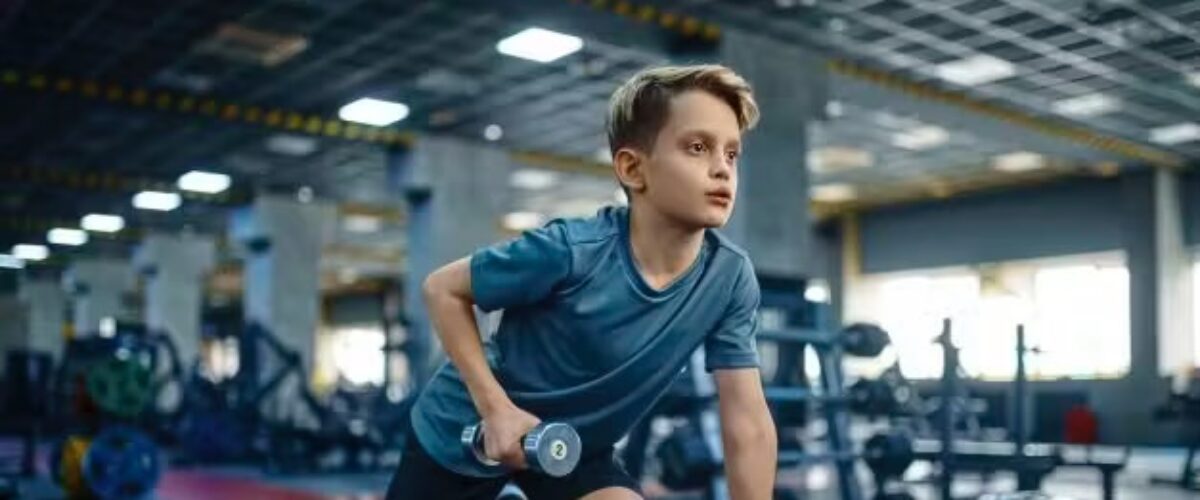Gym & Strength Exercise in Youth: Making of a Raw Athlete

How often do you hear the term thrown around of “raw athlete” – someone who is maybe a bit rough around the edges in terms of skill, but is physically elite? Technique and sport-specific skills can often be refined, practiced, and adjusted over time with the help of coaches, but being strong or throwing fast aren’t attributes that just happen overnight or within a single training session. This certainly oversimplifies the amount of practice and training it takes to become an elite athlete, but it demonstrates why starting strength-based training from a young age is important. A former professional athlete once told me that this solid physical base that can be shaped and worked with is the number one thing that scouts look for when trying to identify and recruit potential talent.
“First move well, then move often.”
Gray Cook – Physical Therapist & Functional Movement Systems Co-founder
If a person has never exercised before, their training age is considered zero. At this stage, the aim is simply to learn how to move. We look to build muscle memory, or “neural drive,” by teaching basic movement patterns like Pushing, Pulling, Hinging, Squatting, Lunging and Carrying.
By creating a solid foundation of strength and movement, we are also building the body’s capacity to meet the demands of sport, which reduces the risk of breaking down and getting injured.

MYTH: It is dangerous for children to lift weights
The belief that resistance training in children is dangerous, harmful to development, and can stunt growth are simply not true (1). In fact, most research overwhelmingly supports the opposite. The real risk comes from NOT exposing kids to training. Stress on the developing growth plates and overall musculoskeletal system from strength-training is good for bone formation and growth, and helps the body adapt to forces experienced during sport (2).
Current guidelines for resistance training in youth recommend that a training program should consider:
- Training Age
- Underlying Strength
- Motor Skill Ability
- Technical Proficiency (Using equipment properly, Ability to follow instruction)
Guidelines also recommend that programs should include:
- Instruction and Supervision by Qualified Professionals
- Instruction on Technique
- Instruction on Safety Procedures
- Instruction on How to Progress
These measures reduce injury risk from things like unsafe use of equipment, excessive training loads, and inadequate rest intervals.

Generally, if a child is ready to participate in competitive sport, then they are ready for some form of resistance training. There is no minimum age requirement – as long as the child is able to undergo the stress of training itself and listen to coaching instruction (3).
If you think your child is ready for resistance training, and you want our help to get them started, get in touch today!
REFERENCES:
- Lloyd, R. S., Faigenbaum, A. D., Stone, M. H., Oliver, J. L., Jeffreys, I., Moody, J. A., . . . Myer, G. D. (2014). Position statement on youth resistance training: The 2014 international consensus. British Journal of Sports Medicine, 48(7), 498-505. doi:https://doi.org/10.1136/bjsports-2013-092952
- Lloyd, R. S. , Oliver, J. L. , Meyers, R. W. , Moody, J. A. & Stone, M. H. (2012). Long-Term Athletic Development and Its Application to Youth Weightlifting. Strength and Conditioning Journal, 34(4), 55-66. doi: 10.1519/SSC.0b013e31825ab4bb.
- Faigenbaum, A. D., Kraemer, W. J., Blimkie, C. J. R., Jeffreys, I., Micheli, L. J., Nitka, M., & Rowland, T. W. (2009). Youth resistance training: Updated position statement paper from the national strength and conditioning association. Journal of Strength and Conditioning Research, Suppl., 23(5), S60-79. doi:https://doi.org/10.1519/JSC.0b013e31819df407


